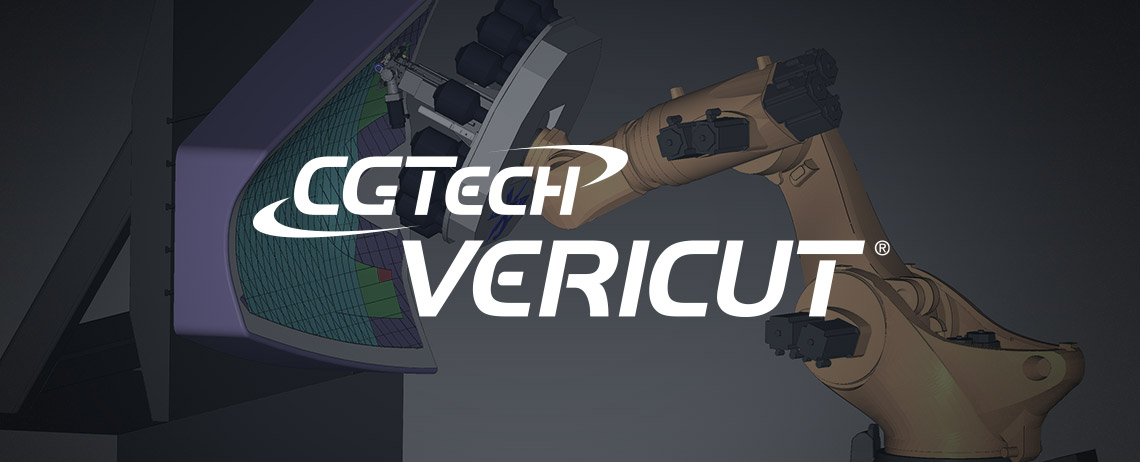ATC Manufacturing and the federal Tech Hub grant are getting a regional spotlight that may lead to significant industry gains.
The Pacific Northwest is known for aerospace manufacturing due to Boeing’s imprint on the region over a century ago. Hundreds of aerospace manufacturers within the supply chain in commercial aerospace, space, drone, and electric vertical take-off and landing (eVTOL) aircraft are in the region. Therefore, applying for the Tech Hub designation through the federal government’s Economic Development Administration (EDA) sounds like a natural fit.
After all, we have the workforce and educational infrastructure in place. Yet, following a few rough years with the pandemic and regulatory approval of Boeing aircraft, there were layoffs, and the aerospace economy has been unsettled.
This impacted both larger tier 1 Boeing suppliers and had a trickle effect on smaller machine shops in the area. However, this region is resilient. When the EDA released the opportunity for regions across the U.S. to partner and apply to become designees for the Tech Hub, the greater Spokane and Coeur d’Alene regions, spreading across what is known as the I-90 aerospace corridor, jumped in with both feet.
With Gonzaga and others leading the charge in phase 1 and strong partnerships across the region, the area has been awarded as a designee for the American Aerospace Materials Manufacturing Tech Hub. The consortium is preparing to apply for phase 2 by February 2024. There are nearly 50 partners: education, government, energy, manufacturing, tribal, economic development, and labor.
“Designated Tech Hubs are now eligible to apply for the next phase of the Tech Hubs Program that will invest $50-$75 million in each of 5-10 Designated Hubs.” (eda.gov)
Spotlight on aerospace composites manufacturing
Aircraft parts are traditionally made from titanium, aluminum, and thermosetting composites for strength and resilience. However, the volume of aircraft orders is ticking up post-pandemic. With the ramp-up, there is a drive for readily available raw materials and stronger, resilient, lightweight aircraft parts that can be manufactured at higher rates, lower costs, and are recyclable.
According to ATC Manufacturing in Post Falls, Idaho, that material is advanced thermoplastic composites. Currently used in structural applications in aircraft, the material will become more central to commercial aerospace manufacturing.
Jacob Bonwell, CEO of ATC Manufacturing, said that the Tech Hub funding if awarded would be like having a “testbed” of aerospace composites in the region. While in Post Falls, he cited that they are “a stone’s throw from Spokane Valley, where many organizations are focused on aerospace. We want to build our relationships with our colleagues in the region. We are building something special here. ATC is working heavily on its workforce development pipelines.”
He spoke about how trades have become a dying breed, but with the opportunities for commercial airline manufacturing rapidly ticking up, “We need to build it back up.”
He noted that the work is here, and as Boeing plans to increase monthly manufacturing volumes, he wants to be prepared. “Local[ML1] supply chain and economic development organizations are ready for growth; they are having these conversations. The growth is coming.” He said he’s been in the area for a long time and has seen it change. He said city leaders are “ecstatic” about the possible Tech Hub coming here.
According to the EDA website, “The American Aerospace Materials Manufacturing Tech Hub, led by Gonzaga University, aims to develop new domestic supply chains to meet the immediate demand for high-rate production of advanced composite aerostructures in defense and commercial markets. This Tech Hub will build on its established aerospace foundation, relationships among its research institutions and private sector, and existing and growing labor market to meet the strong and growing demand for the materials that will enable more — and more sustainable — air travel. By pursuing a testbed facility to prove high-rate methods thermoplastic composites, this Tech Hub seeks to become a global leader in making the ribs, beams, doors, and more critical to the next generation of lightweight aircraft.”
Maria Lusardi, marketing[ML2] director with Lakeside Companies, said receiving the designation in Phase 1 was a vital first step because only the 31 hubs designated are eligible to apply for the funding in Phase 2. “Now that we are designated, we are working with the consortium members to build a competitive Phase 2 application, which requires input from the workforce, research institutions, industry, and the community. An effort like this demands a regional view, strong commitments, and buy-in across the region.” She said that ATC and others in the consortium are working toward submitting a Phase 2 plan, due in February. “A part of getting that funding is demonstrating how you’ll move forward,” she said.
Nationally, 300 applications were submitted in Phase 1, and 31 groups were selected for Phase 2. In the future, as a consortium, they are adding details about how they would implement funds that would lead to economic growth in the region. Lusardi said they would detail what is needed for buildings, equipment, and infrastructure and how collaborations will occur with other industrial partners.
Another player on the ATC Manufacturing side is David Leach, business development director. Leach has been with ATC since 2016 and has engaged in the advanced thermoplastic composites community worldwide. Leach is a Fellow of the Society for the Advancement of Material and Process Engineering (SAMPE) and serves as the chair of the thermoplastics technical committee. He is also involved in international trade shows to demonstrate what ATC can bring to the project with longer structural beams and primary structural applications using uni-directional tapes instead of fabric-reinforced materials.
Like many regional manufacturers, ATC Manufacturing has invested heavily in its business growth. They moved to a new facility in 2015 and have invested in capital equipment and workforce. They are sitting at 100 employees now but are down from their peak in 2019 due to the pandemic and other market factors. With the Tech Hub designation, they are prepared for growth. He also noted that when Triumph Composites exited the Spokane area, ATC picked up highly skilled employees from that operation, like Pat Jones, president. Additionally, they are engaged with Gonzaga, North Idaho College, KTEC (a Post Falls technical high school), and Elevate Academy in North Idaho to foster training programs.
Leach said they also like to promote from within, “A lot of equipment is highly automated, computer-controlled — a lot of detail with requirements and specificity — (we) can bring people from the shop floor up to leadership and supervisory roles.” Plus, with the focus on the Tech Hub and the ability to prove new manufacturing and parts, there is a high possibility of creating many new jobs in the coming years.
In Summary
The broad goal is to build up the regional aerospace manufacturing workforce. New opportunities exist for increased partnerships between consortium members. The federal government has spurred on regions across the U.S. to increase job opportunities and training in each region. The Pacific Northwest, specifically the I-90 Aerospace Corridor region, has exhibited strength in numbers for some time. Now, it is time to continue to build the spotlight on the region and solidify an already $70 billion industry.
| What is a Tech Hub? American Aerospace Materials Manufacturing Center (AAMMC) – Tech Hub – Consortium that brings together industry leaders, top-tier research institutions, educational organizations, and workforce development agencies. – Focused on the Spokane and North Idaho region, the AAMMC aims to pioneer the future of aerospace materials while meeting the high production rates that the industry demands. – Innovation and local economic empowerment |
| Tech Hub Goals Accelerate the growth of our domestic aerospace manufacturing supply chain by: ESTABLISHING a testbed facility for large thermoplastic composite (TPC) aerospace materials at Technology Readiness Levels 6-9. ADVANCING market-disrupting, high-rate production solutions for next-gen composite aero-structures. EXPEDITING net-zero carbon emission goals by 2050 for NASA and the aerospace industry. Li UPSKILLING our current workforce, in coordination with Tribal Nations and workforce leaders in both Washington and Idaho, focuses on underrepresented communities. CENTERING the Inland Northwest as a hub for aerospace suppliers, private investment, new products, and companies in the U.S. aerospace supply chain. |
| Regional Technology and Innovation Hubs (Tech Hubs)2023 Tech Hubs Designees and Strategic Development Grant RecipientsAmerican Aerospace Materials Manufacturing Tech Hub*2023 Tech Hubs DesigneeLead Agency: Gonzaga UniversityStates Served: Washington & IdahoApplicant-Defined Region: Spokane-Spokane Valley – Coeur d’Alene MSA[ML3] Core Technology Area: aerospace materials manufacturingContact: Maria Lusardi (mlusardi@lakeside-capital.com) |




